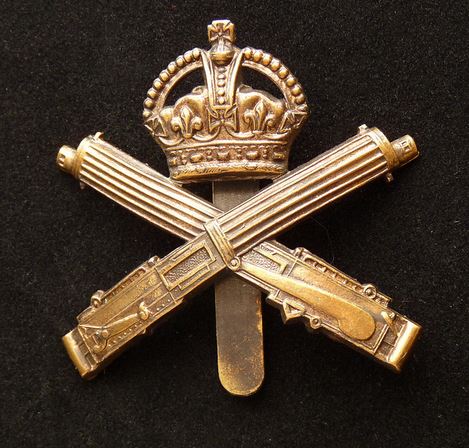Personal Details
Born: 21 June 1897 in Whitchurch, Shropshire.
Family: He was the younger of two children born to John Williams, a labourer, and his wife Alice. He married Dorothy Bowdler on 24 December 1925 in Malinslee, Shropshire and together they had one child, John A.
Residence: In 1901 he was living at 12 Yardington, Whitchurch with his family; by 1911 they had moved to 2 Canal Cottages, Chemistry, Whitchurch; this was the address for him shown on the 1919 Absent Voters’ Register. In 1939 he was living at Rosedene, Chemistry, Whitchurch (this may be the same residence) and he continued to live there until his death in 1946.
Employment: In 1939 he was a plumber working for Whitchurch Urban District Council; he was also a member of the ARP water gang.
Died: In 1946 in Whitchurch, aged 48, and was buried on 13 May that year in Whitchurch cemetery.
Military Details
Regiment: Machine Gun Corps
Rank: Private
Service Number: 59782
Date of Enlistment: Not known
Date of Discharge: Not known
Reason for Discharge: Not known
Charles was awarded the Military Medal (London Gazette 29 August 1918) and the Campaign Medals (British War Medal, and Victory Medal).

The British War Medal (also known as 'Squeak') was a silver or bronze medal awarded to officers and men of the British and Imperial Forces who either entered a theatre of war or entered service overseas between 5th August 1914 and 11th November 1918 inclusive. This was later extended to services in Russia, Siberia and some other areas in 1919 and 1920. Approximately 6.5 million British War Medals were issued. Approximately 6.4 million of these were the silver versions of this medal. Around 110,000 of a bronze version were issued mainly to Chinese, Maltese and Indian Labour Corps. The front (obv or obverse) of the medal depicts the head of George V. The recipient's service number, rank, name and unit was impressed on the rim.
The Allied Victory Medal (also known as 'Wilfred') was issued by each of the allies. It was decided that each of the allies should each issue their own bronze victory medal with a similar design, similar equivalent wording and identical ribbon. The British medal was designed by W. McMillan. The front depicts a winged classical figure representing victory. Approximately 5.7 million victory medals were issued. Interestingly, eligibility for this medal was more restrictive and not everyone who received the British War Medal ('Squeak') also received the Victory Medal ('Wilfred'). However, in general, all recipients of 'Wilfred' also received 'Squeak' and all recipients of The 1914 Star or The 1914/1915 Star (also known as 'Pip') also received both 'Squeak' and 'Wilfred'. The recipient's service number, rank, name and unit was impressed on the rim.

